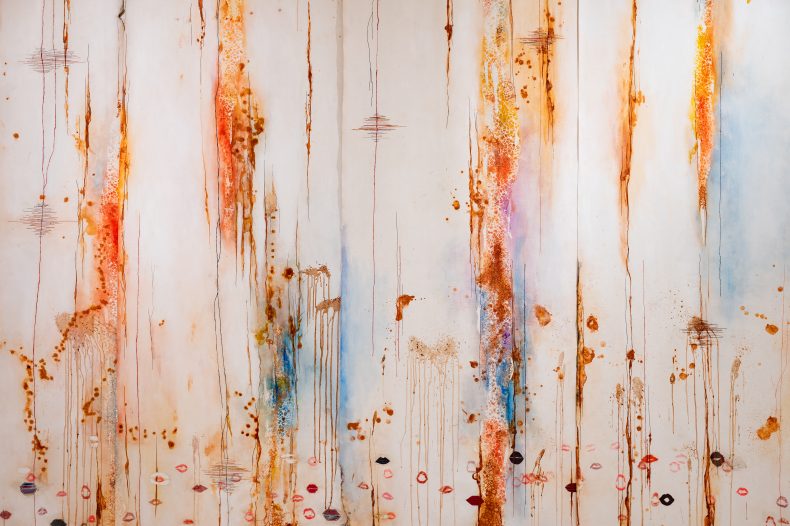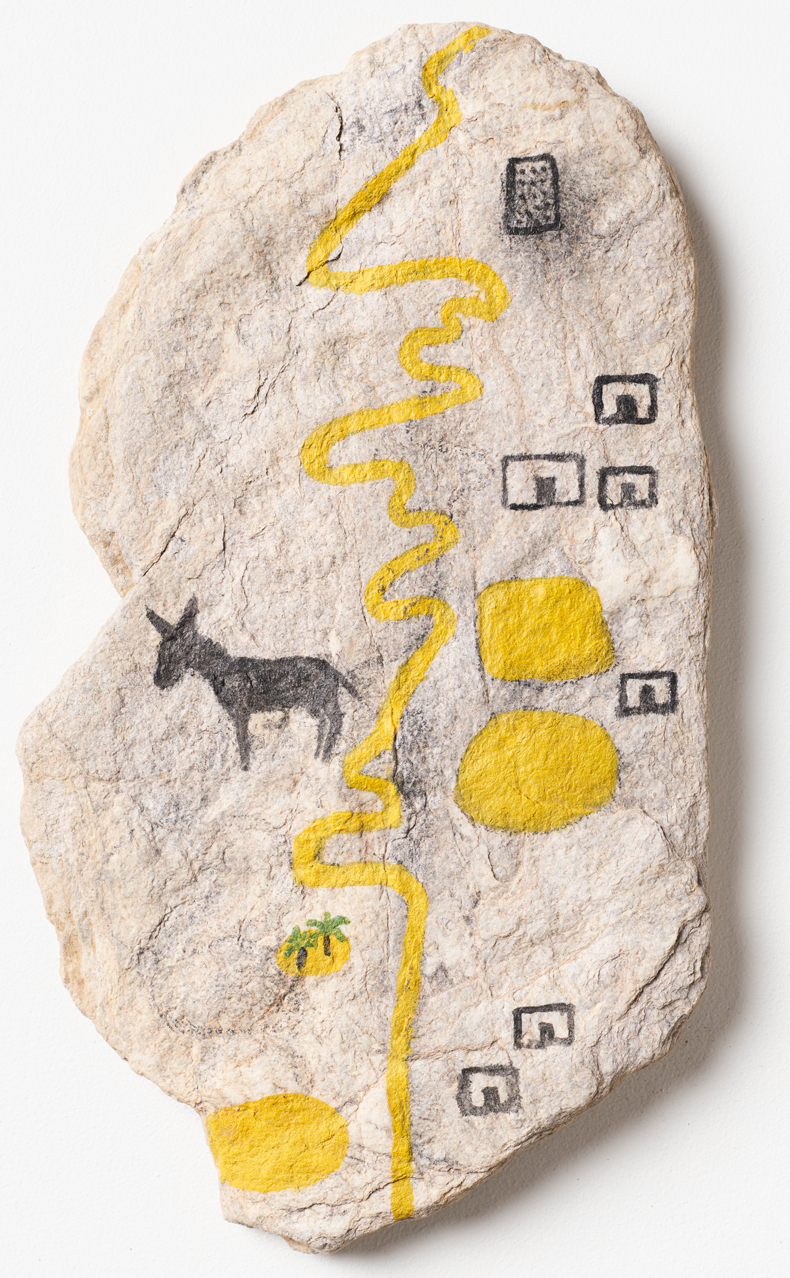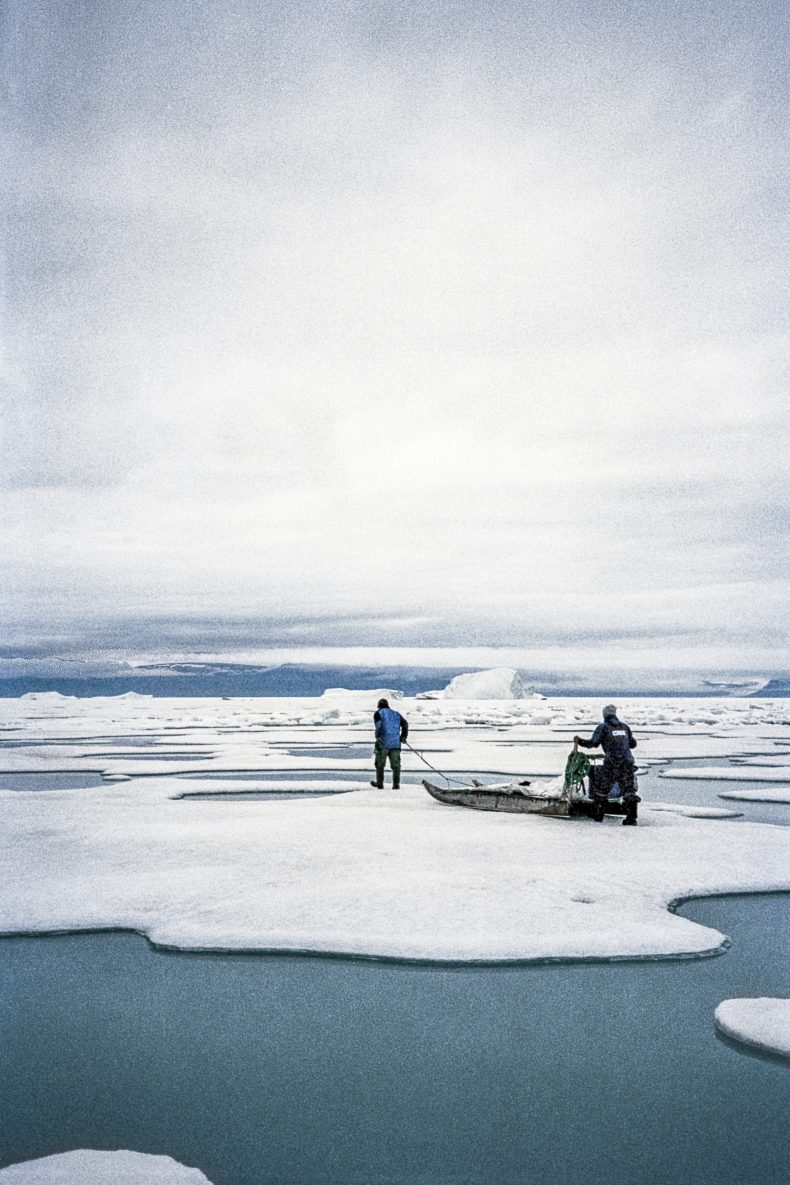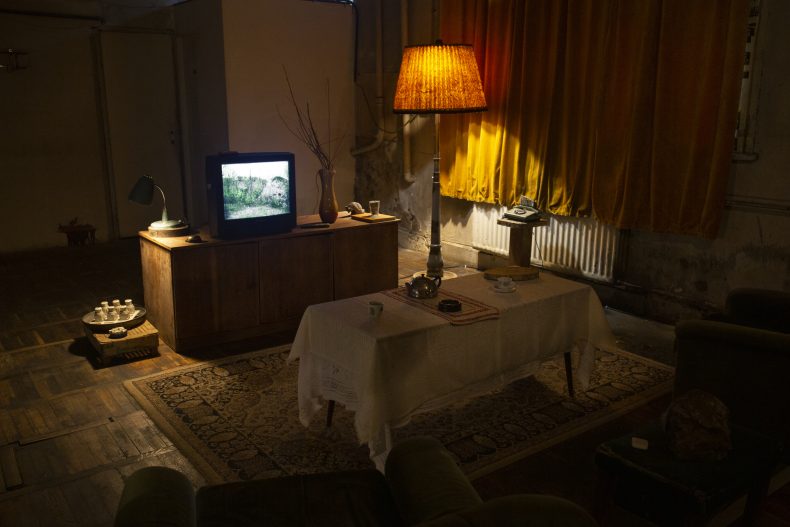For an event whose central theme this year is foreigners and strangers, there is a surprising homogeny to the national pavilions at the 60th edition of the Venice Biennale. It feels as though Adriano Pedrosa’s theme has been taken up in similar ways by both artists and curators. After all, as one artist said to me, there is something rather outmoded about the concept of national pavilions. ‘Foreigners Everywhere’ seems to be an invitation to question the very idea of them.
In this light it is unsurprising that many curators have responded by exhibiting a group of artists rather than an individual. It’s not just curators thinking in this way: at the Croatian pavilion, the artist Vlatka Horvat has invited every artist whose email address she possessed to contribute a work to her show. The national pavilion has thus become both an international showcase and an example of artistic reciprocity rather than grandstanding.
For some countries, the fact that it is their first time appearing at the Biennale is enough to justify the traditional single-artist approach – even if there is nothing traditional about the work itself. Timor-Leste is one of these: Maria Madeira’s exhibition ‘Kiss and Don’t Tell’ is startling, not least because of the story it tells. The walls are covered with canvas that records Madeira’s marks, made largely with earth pigments to form columns – earthfalls rather than waterfalls. At knee height, all around the canvas, are countless impressions of lips – some closed, some wide open – in different shades of lipstick. As Madeira explains in a video, the marks refer to a harrowing moment in Timor-Leste’s recent history. In the 1990s, Timorese women trapped in torture houses were forced to put on make-up by Indonesian soldiers and kiss the walls as the soldiers violated them. It is a story of such precise horror that it is hard to say if the work lives up to it. But to uncover such a story is one part of what an art project can do in an international biennale.

A detail from ‘Kiss and Don’t Tell’ (2024) by Maria Madeira at the Timor-Leste pavilion at the 2024 Venice Biennale. Photo: Cristiano Corte; courtesy the artist and Anna Schwarz Gallery, Australia; © the artist
There is something exquisitely German about the German pavilion. It’s de rigueur for an artist in the German pavilion to deconstruct the very notion of the pavilion to explore German nationhood, and this year we’ve got it in spades. The pavilion contains the work of several artists, including Yael Bartana, Nicole L’Huillier and Jan St. Werner, but it is Ersan Mondtag’s central sculpture that seems the most remarkable. A sort of three-storey house fashioned out of dirt, with performers enacting some form of embattled, dust-laden life, is so deeply committed that it is hard to look away – even with a video of dancers wearing latex horse heads visible through the windows.

Installation view of Monument to an Unknown Person (2024) by Ersan Mondtag at the German pavilion at the 2024 Venice Biennale. Photo: Thomas Aurin; © the artist
The notion of a list of ‘top pavilions’ seems old-fashioned as it is, and the general atmosphere of inclusivity here makes it seem even more unfair to single out certain pavilions. So consider the below simply as recommendations. But don’t hold too much by them: after all, all tastes and people are welcome at this year’s Biennale.
Romania pavilion: ‘What Work Is’
Giardini
In the Romanian Pavilion, Serban Savu, collaborating with designers Nana Esi and Sophie Keij (who comprise Atelier Brenda), present a wall of artworks that look at first like typical social realist paintings but with slightly softer colours. These are not scenes of labour but of rest: men stand around on a construction site; a security guard in a quiet gallery catches a quick nap. It is an oddly affecting display of the dislocation at work in everyday life. Some of these works have been translated into mosaics; you can see them being made in a pop-up workshop at the New Gallery of the Romanian Institute of Culture and Humanistic Research in Cannaregio.

Installation view of ‘What Work Is’ (2024) by Serban Savu at the Romanian pavilion at the 2024 Venice Biennale. Photo: Marius Poput; © the artist
United Arab Emirates pavilion: ‘Abdullah Al Saadi: Sites of Memory, Sites of Amnesia’
Arsenale
Al Saadi’s seemingly simple paintings on scrolls, rocks, or even the inside of what look like biscuit-tin lids appear at first to be a beguiling kind of cartography. On closer inspection they recall journeys that the artist has taken, accompanied, as it might be, with a gramophone or a special pair of slippers. The landscapes he has traversed are selectively recreated so that his work acts as both a map to his journey and a map to what he remembers of it. The stories of his travels are told in detail by two men at a desk in the middle of the pavilion, where you can hear about, say, the time Al Saadi accidentally slipped over the border from UAE into Oman on a bicycle and, despite having all his papers with him, was unable to return into UAE through official entry points – a stranger in his own land.

A painted rock from the exhibition ‘Sites of Memory, Sites of Amnesia’ by Abdullah Al Saadi at the United Arab Emirates pavilion at the 2024 Venice Biennale. Photo: Ismail Noor/Seeing Things; © the artist
Denmark pavilion: ‘Rise of the Sunken Sun’
Giardini
The outside of this pavilion sees the word ‘Danmark’ overwritten with ‘Kalaallit Nunaat’, Greenland’s native name. Inside the pavilion Inuit artist Inuuteq Storch presents a series of photographs that explore the presentation of Greenland. His own works are some of the first examples of photographs that capture life on the island from a Greenlandic perspective, though a section of the exhibition also shows digitised versions of the work of John Møller (1867–1935), the first professional Greenlandic photographer. Most of the photographs are stripped back, uninflected with gimmickry or overt technique (though this is, of course, a version of technique). The colour photographs are not bright and do not seem attention-seeking. They merely show a community at work, in love, living – a simple reckoning with where their subjects stand in the world today.

A photograph from the series Soon Will Summer Be Over (2023) by Inuuteq Storch. © the artist
Bulgaria pavilion: ‘Neighbours’
Centro Culturale don Orione Artigianelli, Dorsoduro
A recreation of a Soviet-era apartment in Bulgaria, assembled using found objects, is the setting for this astonishing pavilion. While the world-making is faultless, including the dog-eared copy of Chekhov on the living-room bookshelf and the cigarette in the ashtray, this tenebrous installation is brought to life by a soundtrack of interviews with Soviet state prisoners who were incarcerated in labour camps and prison camps. Assembled over 20 years, the interviews recount life in the prisons and what it was like for the inmates to be stared at or shunned by their communities while being transported from prison to prison, treated as foreigners by their own countrymen. Yet as you draw closer to the kitchen, where dishes and a cylindrical grater stand frozen in the sink, a sense of silence clings to the installation. It contains memories, but whose exactly? The voices represent one set of memories but there are others that might never be told.

Installation view of The Neighbours (2022) by Krasimira Butseva, Lilia Topouzova and Julian Chehirian at the Bulgaria pavilion at the 2024 Venice Biennale. Photo: Krasimira Butseva; © the artist
United States pavilion: ‘the space in which to place me’
Giardini
Jeffrey Gibson’s exploration of queer and Indigenous histories might sound worthy and heavy – it tackles the theme of belonging by drawing on literature, constitutional amendments and legislation – but this is far from the case. This grand, bright, bead-laden pavilion is a wild ride. Sculptures of birds in rainbow colours jostle with texts written in a special alphabet. Versions of native dress proudly speak of freedom and the whole thing culminates in a thumping video of dance and celebration. It is hard not to be won over by such a joyous recasting of history that brings the outsider to the centre of attention.

Exterior view of ‘the space in which to place me’ (2024) by Jeffrey Gibson at the US pavilion at the 2024 Venice Biennale. Photo: Timothy Schenck; © the artist
The 60th Venice Biennale Arte takes place from 20 April until 24 November. Its central theme is ‘Stranieri Ovunque – Foreigners Everywhere’.
Unlimited access from just $16 every 3 months
Subscribe to get unlimited and exclusive access to the top art stories, interviews and exhibition reviews.














![Masterpiece [Re]discovery 2022. Photo: Ben Fisher Photography, courtesy of Masterpiece London](http://www.apollo-magazine.com/wp-content/uploads/2022/07/MPL2022_4263.jpg)
Has arts punditry become a perk for politicos?